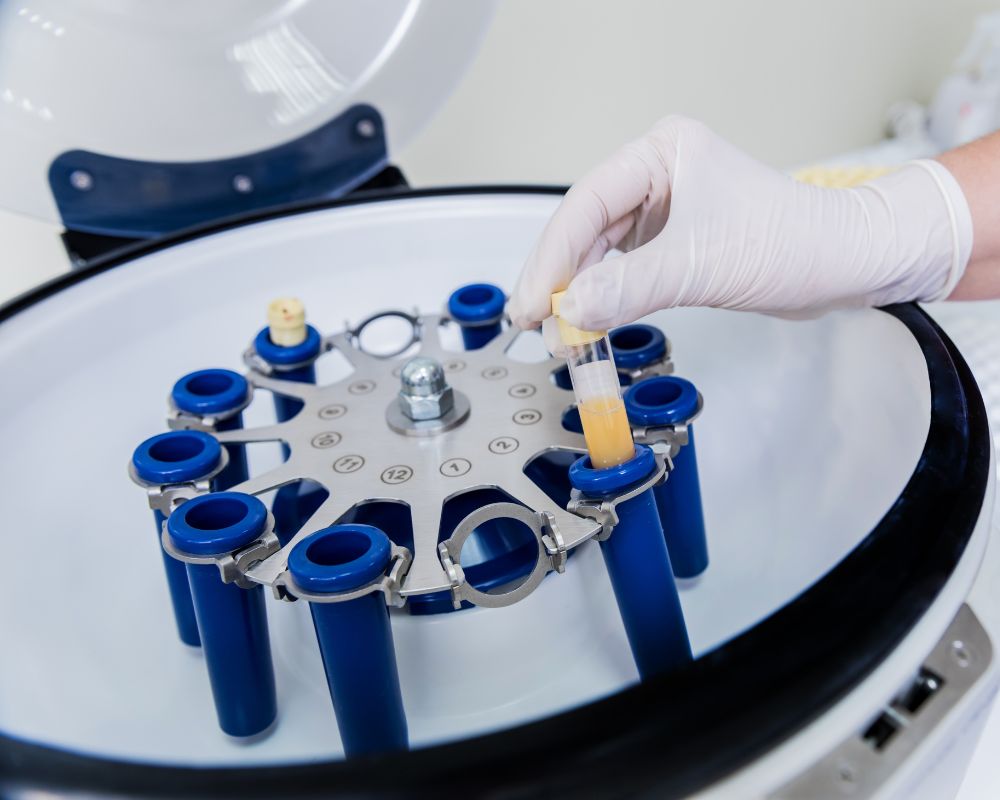
02 Oct A Basic Introduction to Platelet-Rich Plasma (PRP) Therapy
As a leading pain management clinic in Weatherford Texas, Lone Star offers a variety of alternative treatments, including spinal cord stimulation and radiofrequency neurotomy. Our treatments are designed to help patients who have tried traditional therapies but with no success. One of the more recent treatments we have added to our clinic is platelet-rich plasma (PRP) therapy.
PRP therapy is part of a broader field known as regenerative medicine. As a treatment for pain, it may be recommended for osteoarthritis, back pain, or injuries and diseases involving soft tissue. It may be an option for addressing your chronic pain.
PRP’s Healing Mechanism
PRP therapy is based in our knowledge of platelets and how these influence natural healing. Platelets are found in the blood. Most people are familiar with their ability to facilitate clotting. But platelets also contain growth factors and other ‘ingredients’ the body relies on to heal and generate tissue.
Utilized as a pain relief therapy, PRP injections are designed to flood the injured or diseased area with a high concentration of platelets. The goal is to trigger the body’s natural healing response. As the body works to heal itself, pain is mitigated.
PRP Therapy’s Efficacy
It has been our experience that PRP therapy can help reduce chronic pain related to certain types of conditions. But like any medical procedure, it is not foolproof. Some patients experience immediate pain relief that lasts for weeks or months. Others do not notice relief right away but do experience it after several treatments.
Unfortunately, some patients don’t respond to PRP therapy at all. It is to be expected as there is no single medical treatment around with a 100% success rate.
PRP Therapy and Safety
You may have read sensationalized news reports decrying PRP therapy as unsafe. Do not let those reports scare you away. As long as PRP therapy is administered according to current FDA rules, it is completely safe.
PRP therapy utilizes autologous blood and platelets. What does that mean? It means we would not treat you with someone else’s blood; you would donate the blood yourself. This eliminates the risk of rejection and minimizes any risk of complications. For most patients, the biggest risk is infection. But infection is a risk of any type of injection.
The PRP Procedure
As for the procedure itself, a PRP injection is an outpatient procedure that takes very little time. Before agreeing to the therapy, you would sit down with one of our pain doctors to discuss your options. Assuming PRP therapy is your best choice, you and your doctor would proceed from there.
On the day of the procedure, you would arrive and be prepped for a standard blood draw. A technician would take only enough blood to complete the procedure. While you relax and recover from the draw, your donated blood would be processed in a specialized centrifuge to separate plasma and platelets.
Following processing, the plasma-platelet mixture would be injected into the site of injury or disease. That could be a joint, a muscle, or even a ligament or tendon. In all likelihood, the doctor would use medical imaging to locate the most effective injection site and guide the needle to that site.
After a short period of observation, you would be sent on your way and able to resume normal activities. Follow-up visits might be required to determine how effective the therapy has been.You now know the basics of PRP therapy. Do not be afraid to ask about it when you visit our Texas pain clinic. We would be happy to discuss it with you, along with any other options for treating your pain.


No Comments